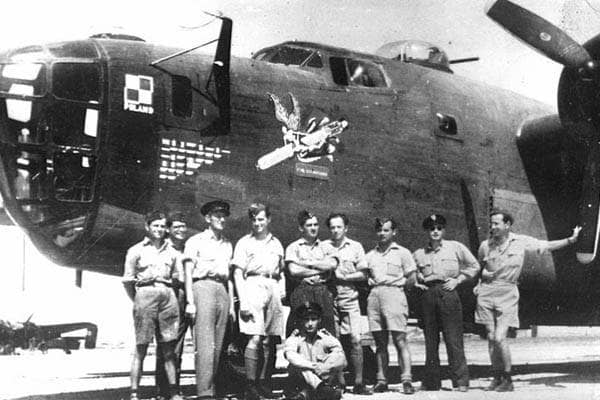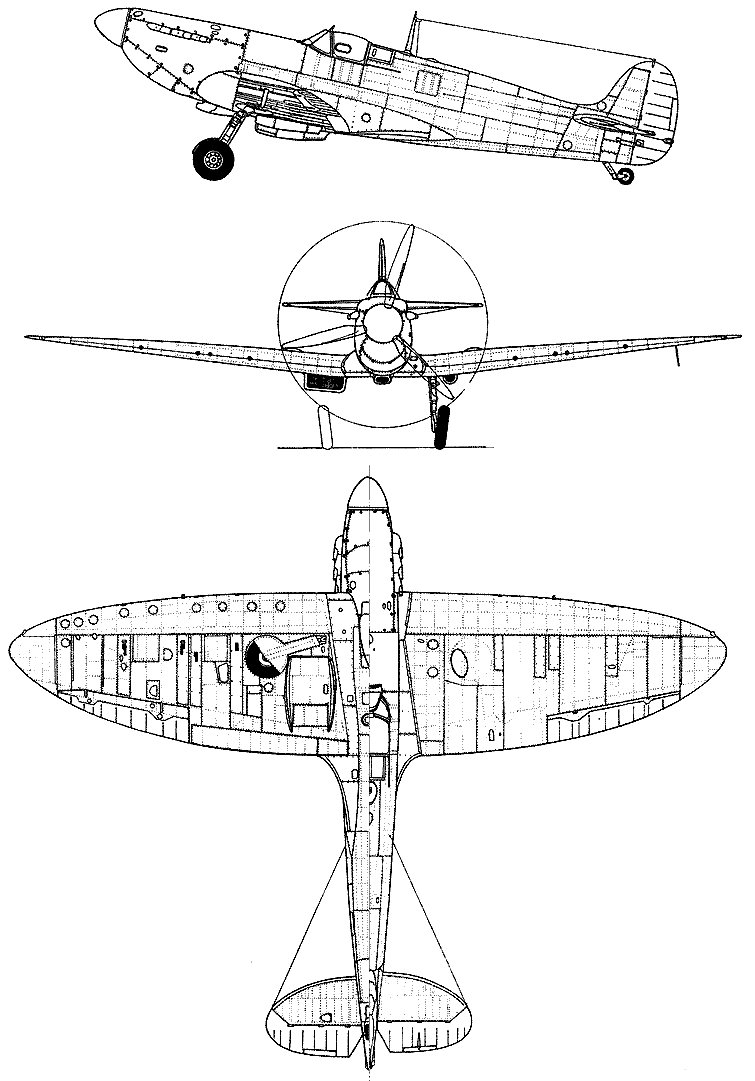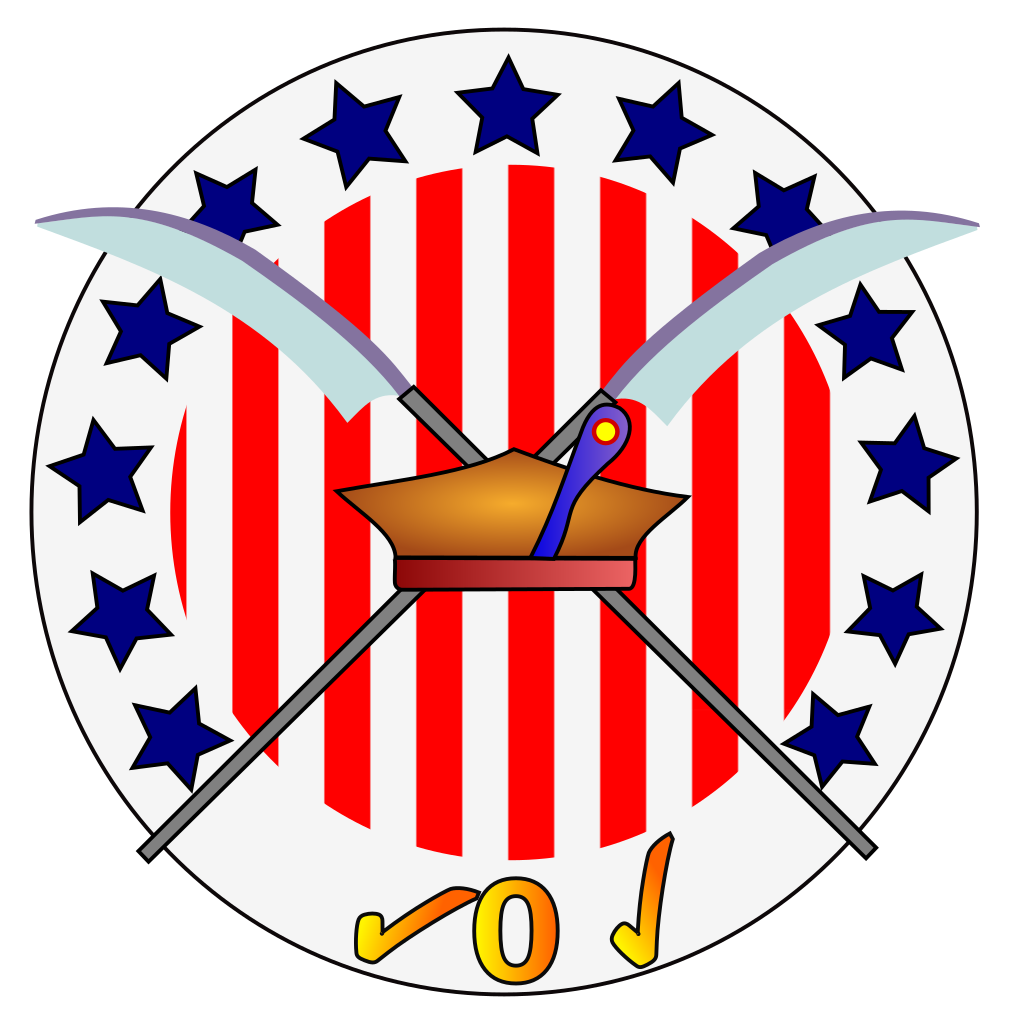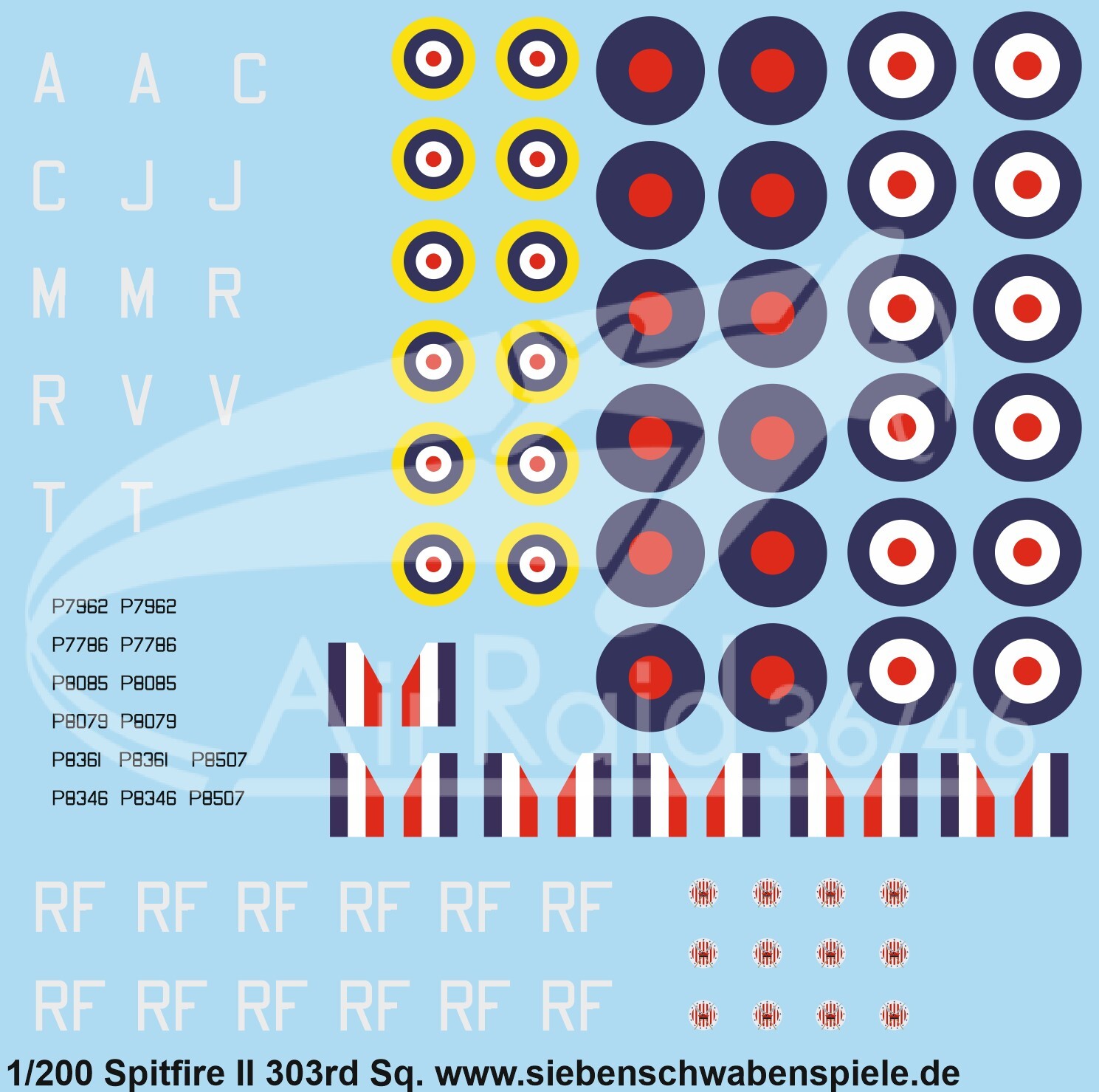After a momentary break
Hello, despite the silence on the blog, something is happening in my ranks :)
On Monday I fought several battles, but since the planes were "borrowed" I decided not to report these events.
As for the progress in action, another fighter ace is added to the collection - Witold Urbanowicz!
Of course, I don't have him in my card collection yet, but it's easier to make up for it here than in the case of Adolf Galland ;)
I won't comment on the pilot's story, I'll just refer you to the blog of my friend Marcin (the originator of the entire series) https://4generals.blogspot.com/2023/11/aces-high-witold-urbanowicz.html
He was the first to shoot down a Soviet observation plane in the PZL P.11, which he flew before the war.
The next one should be the missing PZL P.7a, which he flew in September 1939 as an instructor at the aviation school in Dęblin.
Po chwilowej przerwie
Cześć, mimo ciszy na blogu, coś się dzieje w moich szeregach :)
W poniedziałek rozegrałem kilka bitew, ale w związku z tym, że samoloty były "wypożyczone" postanowiłem nie raportować tych wydarzeń.
Co do postępów w działaniu, to do kolekcji wlatuje następny As myśliwski - Witold Urbanowicz!
Oczywiście, jego także nie mam jeszcze w kolekcji kart, ale tutaj łatwiej to nadrobić niż w przypadku Adolfa Gallanda ;)
Co do historii pilota nie będę się wypowiadał, tylko odeślę na blog kolegi Marcina (pomysłodawcy całego cyklu) https://4generals.blogspot.com/2023/11/aces-high-witold-urbanowicz.html
Jako pierwszy PZL P.11, na którym latał przed wojną, dokonując (niepotwierdzonego) pierwszego zestrzelenie radzieckiego samolotu obserwacyjnego.
Kolejny powinien być brakujący PZL P.7a, na którym latał we wrześniu 1939 roku, jako instruktor ze szkoły lotniczej w Dęblinie.
Hurricane Mk. I w barwach 145 dywizjonu RAF, na którym odniósł pierwsze sukcesy na zachodzie.
Kolejny jest ponownie Hurricane Mk.I, lecz tym razem w barwach 303 dywizjonu RAF, tym razem już typowo polskiego :)
Po przezbrojeniu na Spitifre Mk. II, Witold Urbanowicz nadal służył w 303 dywizjonie.
Po oddelegowaniu na daleki wschód, zdarzyło mu się wykonać kilka lotów na P-40E, w malowaniu 75th FS USAAF.























.jpg)












